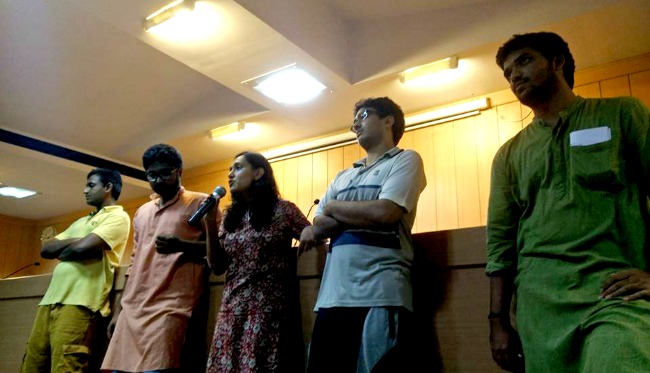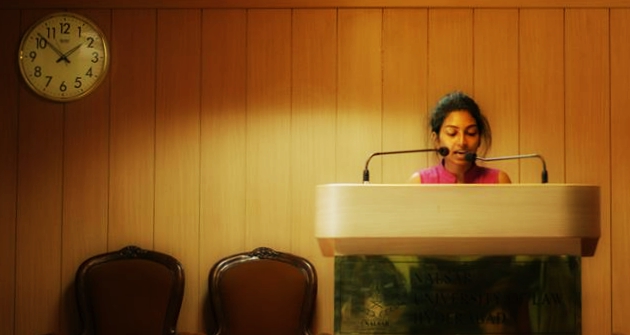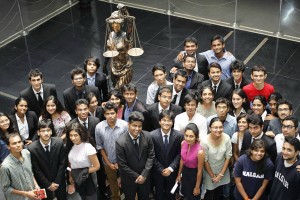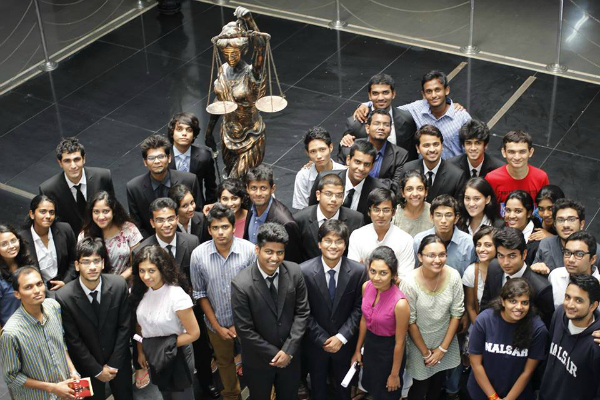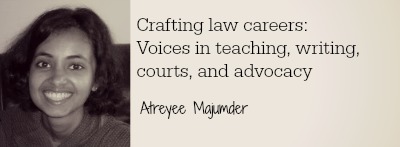 Law is a difficult thing to teach. It requires the teaching of large concepts that vastly influence how governments and authority work or should work. Skills needed for the application, implementation, and adjudication of legal provisions are important and need to be taught as well.
Law is a difficult thing to teach. It requires the teaching of large concepts that vastly influence how governments and authority work or should work. Skills needed for the application, implementation, and adjudication of legal provisions are important and need to be taught as well.
The law classroom, I had felt, was less effective in teaching law than the practical experience of having to work out a legal argument to fit a real-life situation. This slipping on of the real-life shoes however, is not possible without a basic skill-set, one that is complex and diverse. Different law-teaching systems have had different visions about this skill-set.
The four legal professionals who have featured in this series so far have all had some teaching experience. Usha Ramanathan has, during the course of her career, taught at the National Law School of India University (“NLSIU”), Bangalore, the Tata Institute of Social Sciences, and at the National Law University, Delhi. Arvind Narrain has taught, among others, courses related to human rights and illegal citizenship at NLSIU and several ad hoc courses on human rights, gender, and sexuality for non-law students. Harish Narasappa has taught short courses at the Indian Institute of Management and at NLSIU. Amba Salelkar takes classes on disability law at Vidya Sagar, a Chennai-based non-profit organisation.
Building bridges to law
The challenges of teaching feature amidst the larger practice of being publicly engaged lawyers. Students from non-law backgrounds, both Salelkar and Narrain say, are not daunted by the law. People in non-profit organisations in particular, where the knowledge of law can significantly reorient practice, seem to come at it with enthusiasm. Narrain has experienced great fortitude among college students coming at judgments on sexual violence containing disturbing details. He says he found in the classroom, key allies for the campaign against Section 377 of the Indian Penal Code. People who were intrigued or interested came forth and became involved.
Many law teachers find themselves delivering bridges to the world of law to students of politics, economics, management, and development studies. Sudhir Krishnaswamy, who has taught at several law schools and has designed and taught a law and governance concentration in the development masters programme at Azim Premji University, is immersed in this exercise. He says that his primary learning from the programme was that students of non-elite backgrounds were grappling with their first encounters with the law in ways very similar to first year law students. The challenges they faced, too, were similar to the ones faced by law students – in learning to work with law and fact. The diversity of material he used has expanded considerably. For instance, he engages more thickly with legal history, using literature from colonial and post-colonial history in general. These are materials he read himself, but didn’t use in law school classrooms. Krishnaswamy’s long teaching career has shaped his belief that law as a discipline, actively straddles the domain of social sciences and humanities, especially as it concerns questions of language and cognition.
Teaching law without the intention to teach
Law teaching can be seen, thus, along three major lines – teaching in a law programme, teaching in a non-law programme, and teaching law outside the university set-up. It helps me to elaborate on the third aspect first. Law arrives at the ears of lawyers through courts, judgments, other lawyers – seniors and peers, and in the classroom. A good part of the teaching can and may occur without the intention to teach. The professional architecture places some people in pedagogic positions with regard to others. Many in the litigating field would say the senior advocates they worked for, were their teachers or gurus. They did not teach the disciplines of law in the packaged form that is usually delivered in a classroom. Skills and intuitions about what the law can offer in a given situation, and how best to use this avenue to one’s advantage, might however, be best learnt and taught through everyday interactions. Many say they learnt a lot of law listening to court proceedings, especially as interns.
I am surprised at this as court proceedings occur in fragments where the issue at stake may not be clear to a bystander who does not have access to the relevant case file. Matters quickly transition into the next matter of the day, one realm of law to the next. If a bystander – a litigant, a journalist, or an intern – learns from this, it is not intended teaching that she derives from. It is a kind of learning by immersion – osmosis, perhaps. Languages are learnt often by immersion in the social milieu where the language is spoken. Can law be learnt and taught in the same way? Some say it is an effective way.
The other method of ‘unintentioned’ teaching and learning of the law, more predictably, is through books. Law reporters, treatises, newspaper articles, and the Internet are ways in which a legal topic or idea can be learnt and disseminated. There is a vast difference of course between reading a thick tome on jurisprudence in a dark library and opening several news websites at one go and consuming some update on a legal matter as one of the many things the Internet offers for consumption. The written word is common to both modes of communication and receipt and the latter is often an effective way for a non-legal audience to learn about the law. Undergraduate students’ interests are often piqued by legal domains being involved in a matter of contemporary news – for instance, land acquisition in recent months, because of the amendment bill. I continue to learn about the law (being no longer in practice) talking with friends and colleagues who are experts in legal fields, and from the media, especially from commentaries and editorials written by practicing lawyers like Indira Jaising and Flavia Agnes.
The classroom as an intellectual arena
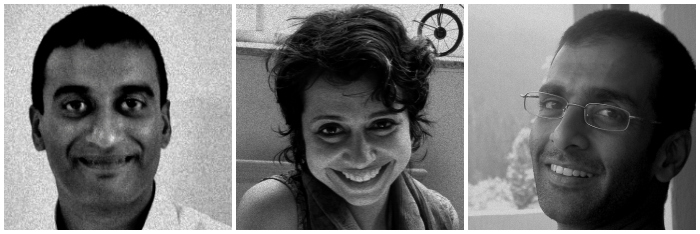
Sudhir Krishnaswamy (left), Amba Salelkar, and Arvind Narrain.
The classroom though, remains an important space. What is its specific role from the point of view of legal professionals who have multifaceted careers? A classroom offers the possibility of a dialogic space. Facts and ideas may be taught and disseminated there. But if the teacher is attentive, it can unfold into a democratic and dynamic intellectual arena. Like Narrain’s experience where students became long-term associates, for many teachers whose interest in the law is motivated by possibilities of change, the classroom should be an important space to invest in. Salelkar has found the need to press a certain literacy of law, especially constitutional law, to be important in her classes on disability law. She finds it a challenge to veer between giving activists too much hope and too little. Many, she finds, enter the domain of law with great wonder and energy. Krishnaswamy found it a place to toy with law’s relationship with the broad spectrum of social sciences. I have found the acquaintance of teachers who create longer paths of learning to often begin in the classroom discussion. The discussion itself may be of lesser importance but the dialogic space it affirms creates intellectual alliances that might have long-term implications for both parties. The importance of law teaching grows with the possibility of law creating a democratic space in addition to the ones already available in civil society.
(Atreyee Majumder is an anthropologist. She teaches at the School of Development, Azim Premji University.)
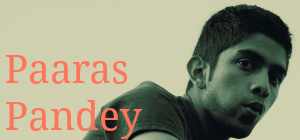 Two years ago, Nalsar’s Student Bar Council adopted an accountability policy. It had a formal mechanism of holding student representatives accountable including the appointment of a financial auditor and a grievance redressal officer for each activity-based committee. The auditor had to submit a report on the committee’s functioning at the end of the year.
Two years ago, Nalsar’s Student Bar Council adopted an accountability policy. It had a formal mechanism of holding student representatives accountable including the appointment of a financial auditor and a grievance redressal officer for each activity-based committee. The auditor had to submit a report on the committee’s functioning at the end of the year.
